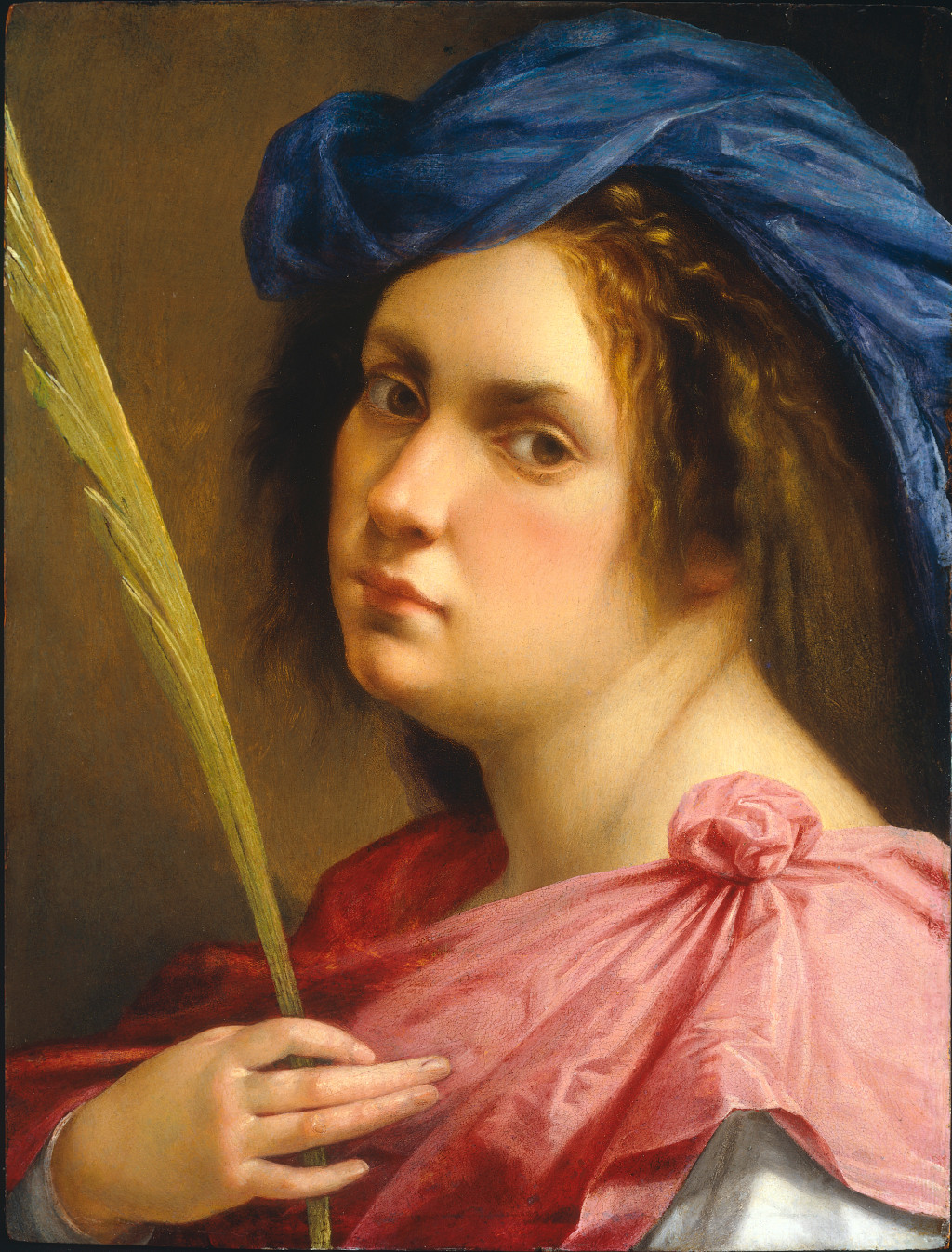[ad_1]
Back in 1916, the esteemed Caravaggio scholar Roberto Longhi introduced a large segment of the art world to Orazio and Artemisia Gentileschi, two painters (a father and his daughter, respectively) celebrated for their work in 16th- and 17th-century Italy. It is hard to imagine, a little more than 100 years on, that there had been a time when they were not entirely well-known. But ever since, the Gentileschis have been the subject of blockbuster exhibitions, and Artemisia in particular has proven important for historians and novelists alike—with Linda Nochlin and Susan Vreeland among those to pen extensive feminist treatises about her.
Many have turned to Artemisia Gentileschi—who publicly accused artist Agostino Tassi of raping her and stuck to her account even after she was tortured during his trial—as an example of a woman artist who explicitly fought against patriarchal oppression. And many have come to see her as one of the finest artists of her era, up there with Caravaggio and Annibale Carracci. Still others have seen her as a potential new market star, with her auction record being re-set in Paris in 2019 after a painting of hers sold for $6.1 million.
All of that makes now a good time for a big Gentileschi retrospective—such as the one that the National Gallery in London had planned to open before the coronavirus crisis forced the museum to delay the show indefinitely. To survey the exhibition by other means, below is a guide to some of the most famous works included.

©Kunstsammlungen Graf von Schönborn, Pommersfelden
Susanna and the Elders (1610)
This painting depicts a biblical scene in which Susanna is spotted while bathing by two old men who tell her that she must offer sexual favors—or else they will lie and say they saw her with a young male lover. She denies their overtures, and they make good on their threats of blackmail. Through it all, Susanna remains true to her convictions, in a sign of her chastity. Mary Garrard, who wrote one of first monographs about Gentileschi, has claimed that this work is meant to offer a specifically female viewpoint on the narrative, pointing to the way the men appear clustered together at the top, as though they are ganging up on her.

©Gabinetto fotografico delle Gallerie degli Uffizi
Judith Beheading Holofernes (ca. 1613–14)
Gentileschi’s most famous painting (now in the collection of the Uffizi Galleries in Florence) has long been a point of intrigue. Some feminist scholars have claimed the painting, which depicts the Old Testament figure Judith slaying an Assyrian ruler who had attacked Jewish peoples, can be seen within the context of Gentileschi’s own life—as a means for revenge against Agostino Tassi, who sexually assaulted in the years prior to the painting’s making. When the #MeToo movement took hold recently, Gentileschi’s painting became a symbol of it for some who cited it in solidarity.

©Gabinetto fotografico delle Gallerie degli Uffizi
Judith and Her Maidservant (ca. 1615–17)
In this painting depicting the moments after Judith decapitates Holofernes, Gentileschi offers a tender image of female communion, with Judith and her maid depicted so close together that the frame appears cramped. (Though Garrard and scholar R. Ward Bissell have suggested that the painting could have initially been larger and was at some point cut down.) Typically, Gentileschi’s male colleagues—among them Sandro Botticelli—offered more energetic tableaux featuring the women fleeing Holofernes’s camp. By contrast, Gentileschi’s quiet imagining of what happens just before makes her painting stand out.

©Wadsworth Atheneum Museum of Art, Hartford, Connecticut
Self-Portrait as a Lute Player (1615–18)
When this work came up for auction at Sotheby’s in London in 1998, it was virtually unknown. Now, however, it is one of Gentileschi’s iconic works (and belongs to the Wadsworth Atheneum Museum of Art in Hartford, Connecticut, which acquired it in 2014 for more than $3 million). Images of a person playing a musical instrument were common at the time—Caravaggio and many others created similar pictures—and some scholars have suggested that, in her own, Gentileschi has cast herself as the kind of courtesan who typically figured in such paintings.

©The Detroit Institute of Arts
Judith and Her Maidservant (ca. 1623–25)
Yet another scene related to the narrative of Judith beheading Holofernes, this painting relies on dramatic lighting effects to conjure a scene in which Judith appears warrior-like. Scholars have pointed to her barely visible military boots and Holofernes’s shorn gauntlet on a table as signs that she is a more active protagonist than usual. The candle, which casts a dramatic light across her face, may have been an addition made relatively late in Gentileschi’s process.

Royal Collection Trust/©2019 Her Majesty Queen Elizabeth II
Self-Portrait as the Allegory of Painting (La Pittura), 1638–39
Self-portraits featuring male artists at work have pervaded art history, and some have suggested that this work was at least partly meant as a subversion of that trope. Her unusual pose—not facing the viewer—initially caused some to wonder whether it was even a self-portrait. These days, however, it is widely considered an intense rendering of the artist at work.
[ad_2]
Source link

